Select an Orthopaedic Specialty and Learn More
Use our specialty filter and search function to find information about specific orthopaedic conditions, treatments, anatomy, and more, quickly and easily.
GET THE HURT! APP FOR FREE INJURY ADVICE IN MINUTES
Shoreline Orthopaedics and the HURT! app have partnered to give you virtual access to a network of orthopaedic specialists, ready to offer guidance for injuries and ongoing bone or joint problems, 24/7/365.
Browse Specialties
-
- Arthritis
- Joint Disorders
- Physical Medicine & Rehabilitation (PM&R)
Arthritis Overview
According to estimates, one in every five people living in the United States has signs or symptoms of arthritis in at least one joint. There are many types of arthritis, but most fall into one of two major categories: osteoarthritis and rheumatoid arthritis, or RA. Arthritis is the leading cause of disability in the United States and it affects millions of people. Approximately half of all sufferers are under age 50.
More Info -
- Minimally Invasive Surgery (Arthroscopy)
Arthroscopy (Minimally Invasive Surgery)
Arthroscopy is a minimally invasive surgical procedure used by orthopaedic surgeons to visualize, diagnose, and treat problems inside the joint. Because it requires only tiny incisions, arthroscopy can be performed without a major, invasive operation and many procedures can be done on an outpatient basis.
More Info -
- Hand & Wrist
De Quervain’s Tendinitis
De Quervain’s tendinitis occurs when the tendons around the base of the thumb become irritated or swollen, causing the synovium around the tendon to swell and changing the shape of the compartment, which makes it difficult for the tendons to move properly.
More Info -
- Elbow
- Joint Disorders
Elbow (Olecranon) Bursitis
Normally, the olecranon bursa is flat. However, if it becomes irritated or inflamed, more fluid accumulates in the bursa causing elbow bursitis to develop. Elbow bursitis can occur for a number of reasons, including trauma, prolonged pressure, infections, or certain medical conditions.
More Info -
- Physical Medicine & Rehabilitation (PM&R)
Fibromyalgia
Fibromyalgia is a condition characterized by widespread pain and tenderness to the touch. Other symptoms commonly associated with fibromyalgia are fatigue, waking unrefreshed, depression, anxiety and memory problems. Numbness and tingling, weakness, urinary frequency, diarrhea and constipation may be present, as well.
More Info -
- Foot & Ankle
- Joint Disorders
- Podiatry
Hallux Rigidus (Stiff Big Toe)
Hallux rigidus usually develops in adults 30-60 and occurs most commonly at the base of the big toe, or MTP joint. When articular cartilage in the MTP joint is damaged by wear-and-tear or injury, the raw bone ends can rub together and a spur, or overgrowth, may develop on the top of the bone. Because the MTP joint must bend with each step, hallux rigidus can make walking painful and difficult.
More Info -
- Foot & Ankle
- Pediatric Injuries
- Podiatry
- Sports Medicine
Sever’s Disease
Sever’s disease (also known as osteochondrosis or apophysitis) is an inflammatory condition of the growth plate in the heel bone (calcaneus). One of most common causes of heel pain in children, Sever’s Disease often occurs during adolescence when children hit a growth spurt.
More Info -
- Joint Disorders
- Minimally Invasive Surgery (Arthroscopy)
- Shoulder
Shoulder Arthroscopy
Shoulder arthroscopy may relieve the painful symptoms of many problems that damage the rotator cuff tendons, labrum, articular cartilage, or other soft tissues surrounding the joint. This damage may be the result of an injury, overuse, or age-related wear and tear.
More Info -
- Joint Disorders
- Joint Replacement & Revision
- Knee
Total Knee Replacement (Knee Arthroplasty)
People who benefit from total knee replacement surgery often experience one or more of the following: severe knee pain or stiffness that limits everyday activities; difficulty walking more than a few blocks without pain or support; moderate or severe pain while resting, day or night; chronic knee inflammation and swelling that does not improve with rest or medication; knee deformity; failure to substantially improve with treatments.
More Info

